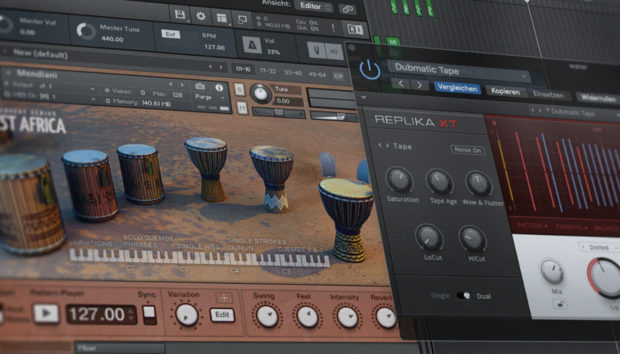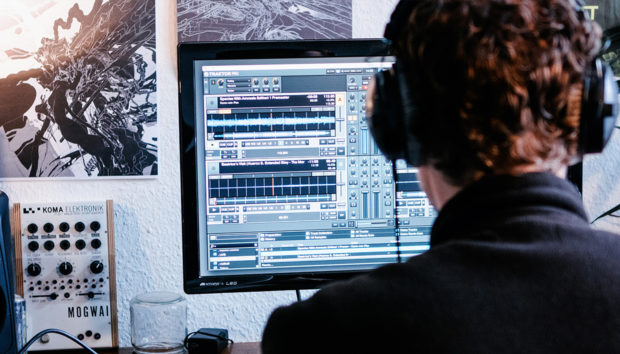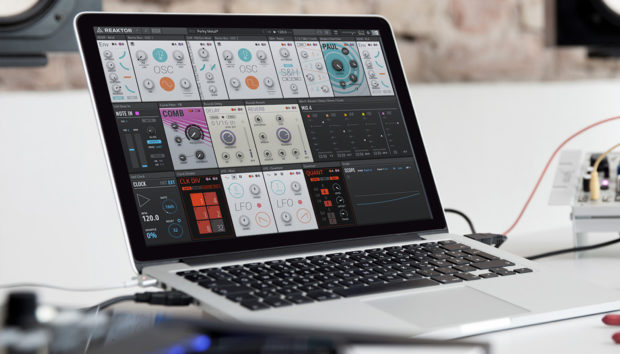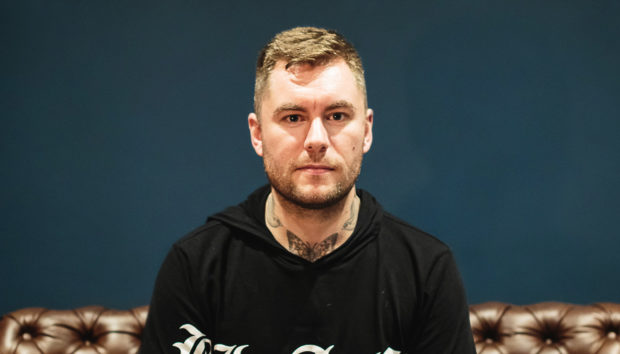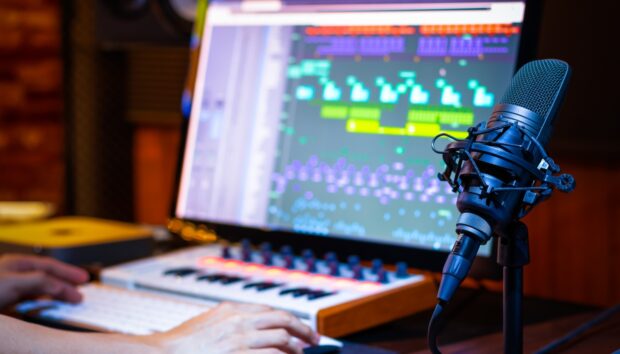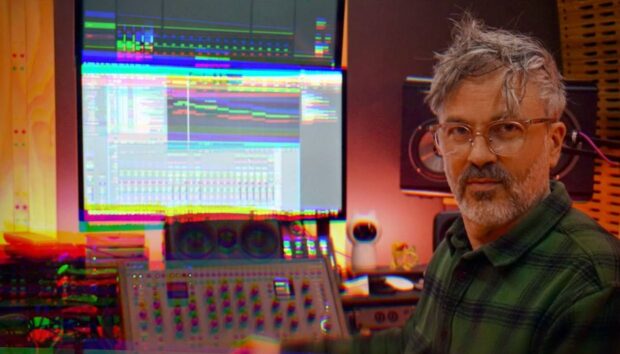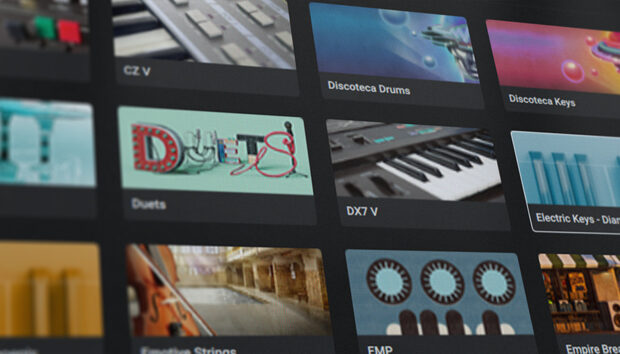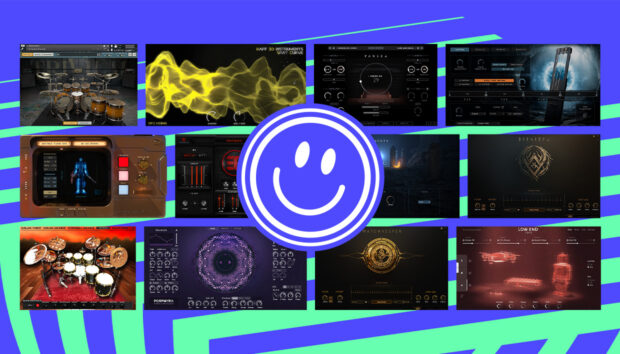Afro-house is having a moment right now, and you can hardly throw a rock without hitting some commercial pop song being remixed into a laid-back Afro-house remix or flip. But as is the case with all genres that see such a spike in popularity, most of what’s out there is just a copy of a copy of a copy, with really only a few pioneers of the sound really doing anything that breaks the mold.
AMÉMÉ is one of those rare few and he was kind enough to come on and answer some questions about programming and producing Afro-house drums, using Maschine as his central tool for getting ideas out of his head, into his DAW, and onto the dance floor.
2024 was a massive year for AMÉMÉ with releases on major dance labels like Armada, Insomniac Recordings, Black Book Records, Realm Records, and Defected’s new Afro-house imprint One People along with the debut of the One Tribe Events Series, which was where he first came up in Brooklyn at House of Yes. We’re excited to have him on to chat about how he works his magic in the studio.
Jump to these sections:
- How Maschine facilitates groove creation
- Stock libraries vs. custom sounds
- Grid-based percussion or a more natural vibe?
- Afro-house in the underground
- Remixing tracks in the Maschine
- Standing out from the crowd in a popular genre
He knows what’s going on with the hottest genre in club music right now and also knows exactly where the sound is going, and we’re excited to hear how he’s shaping the future of the sound.
Afro-house is all about groove – how do Maschine’s sequencing and pad-based workflow help you build that rhythmic feel?
What’s amazing about the sequencer in Maschine is the ability to really build a polyrhythmic Afro house groove in a matter of three minutes.
The off-beat sequencing option, also adds a unique touch to my grooves, and then I might program one melodic note with reverb so that it colors over the sequence.
This is an attribute found in a lot of the new Afro-electronic genres.
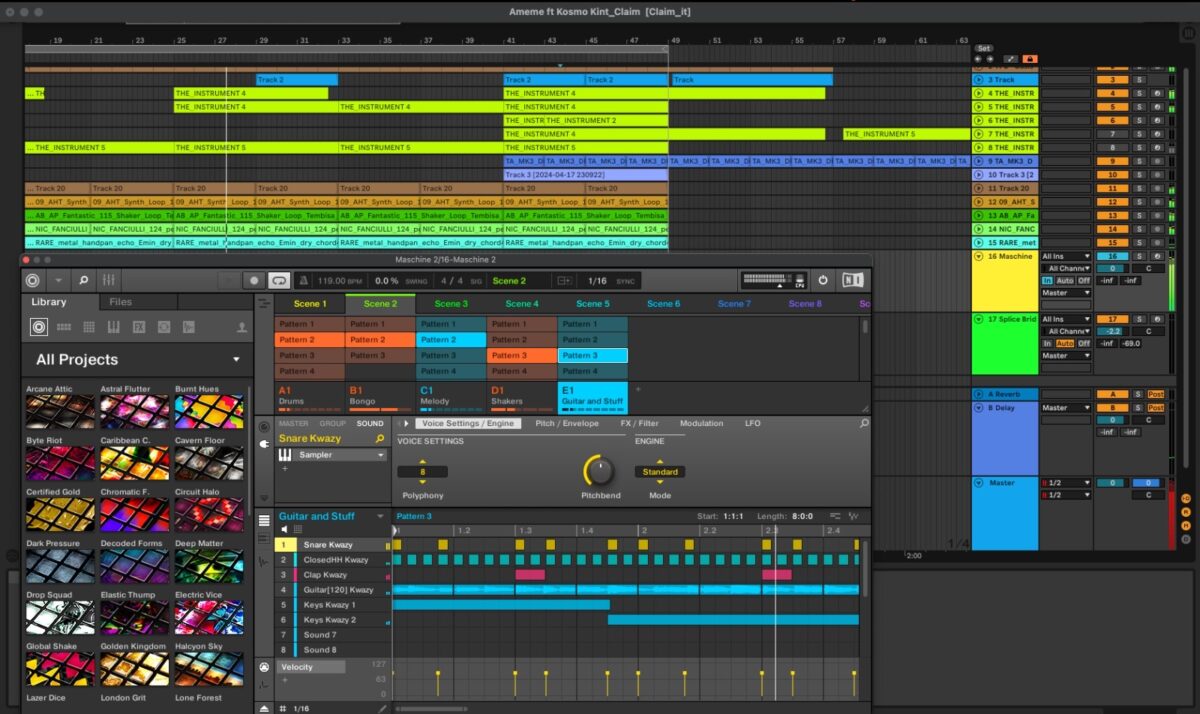
Pro tip from AMÉMÉ: When building a groove in Maschine, I randomly mute 1–2 elements and discover really dope ideas from the breakdown. This is a small tool to spark new creative ideas.
Do you prefer to work with Maschine’s stock drum libraries, or do you load in your own African percussion samples?
As someone who has played drums and worked with some great percussion collaborators, I know that the drums in the Global Shake sample pack are phenomenal, so with this, I can mix samples with records seamlessly.
Not to mention the programmed patterns coming with the kit have at times given me a nice inspirational push, helping me to push through whatever I started.
With this kit, inspiration is a constant.
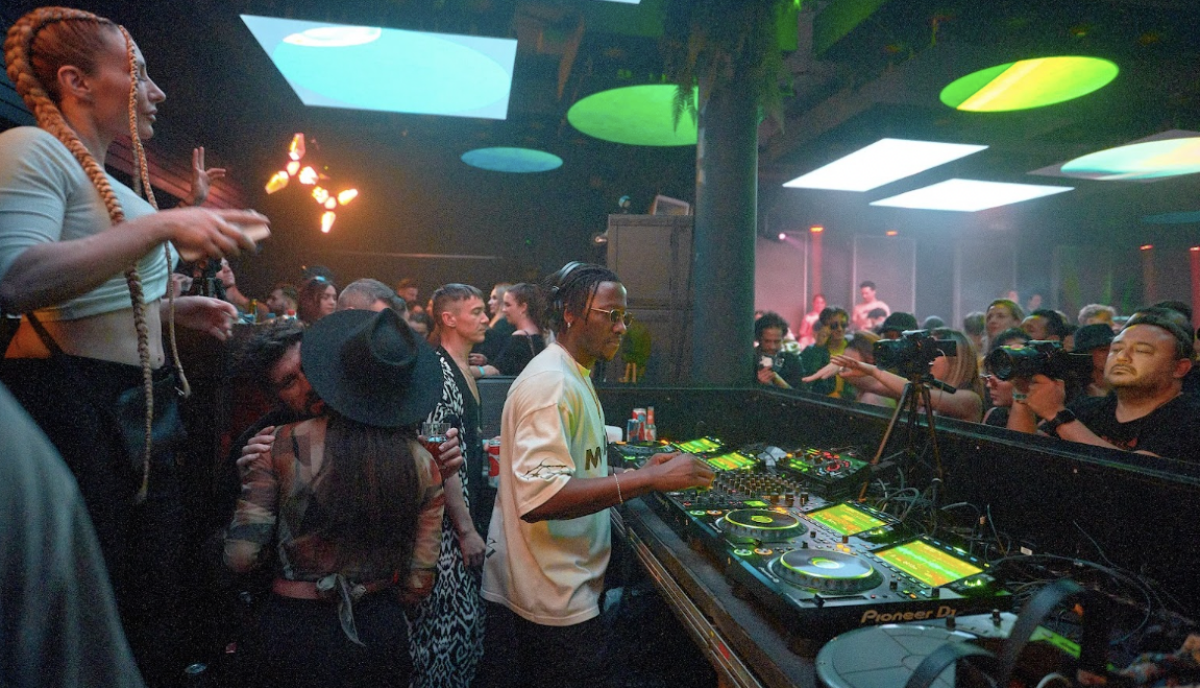
Pro tip from AMÉMÉ: In Global Shake, don’t be afraid to pitch your drums for interesting textures in the productions.
How do you balance Maschine’s grid-based workflow with the fluid, natural rhythms of Afro-house?
The gridflow allows me to keep foundational elements of dance music, then I bring the AMÉMÉ Afro-touch to that flow, so numerically, I’d say 40% / 70%, AMÉMÉ Afro-flow.
I would also like to work with the sampler here on vocal samples. Creating the length of a cut sample is like having double sample power, when drawn out in gridflow.

Pro tip from AMÉMÉ: Using the compressor + gate, rerouting on a synth is a really cool way to get a more dynamic sidechain.
Afro-house has a strong underground presence – how do you think it balances underground culture with mainstream appeal?
In the wake of what I feel has been a mass commercialization of Afro-house – which has actually been a great thing for the scene by shedding a lot of light & opportunity, I’ve felt this commercialization has maybe hindered the organic creativity that comes from this music.
So my mission to keep things true to its roots has been working further with rising African talents and legends that I grew up listening to.
Pro tip from AMÉMÉ: Don’t be afraid to use the microphone input and edit those vocals directly through Maschine with the system FX, like Ice, then cutting it like a sample. There are endless possibilities.
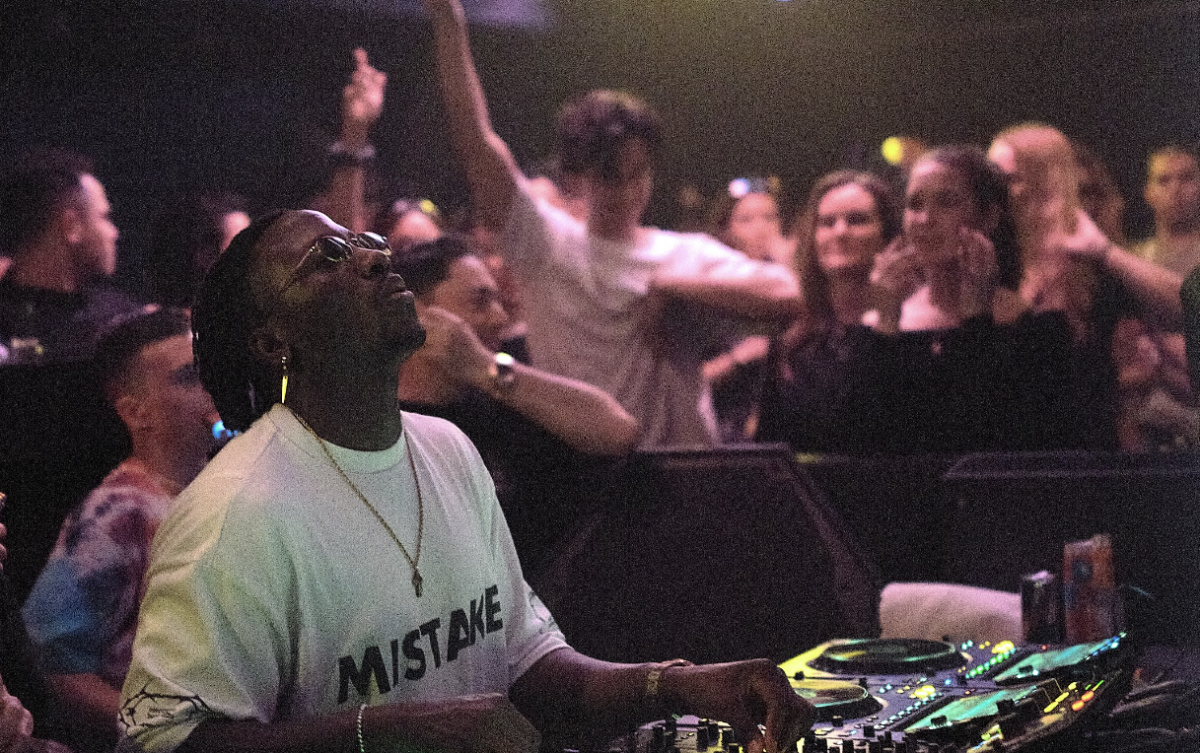
What’s your approach to remixing Afro-house tracks or blending the genre with other styles?
I always try to approach each record & situation with a unique take. I start by finding the general direction of where I want to go with a track and then allow my Afro-style to vibe with it without too many rules or restrictions.
Pro tip from AMÉMÉ: Putting your melodic settings to minor key, setting note repeat, to up and down, and 1/16, then hit with 3–4 fingers and place the notes randomly, is a fun tool to play with, for inspiration.
How do you develop a unique sound in Afro-house, especially when so many producers are using the same tools?
The key ingredient is integrity.
There is a “cheat code” within Afro-house right now as to what’s working, but it’s also very obvious/commercial + not the most credible.
When you go against the flow of the masses by using sound pallets that are not popular, building beats off self recorded drums/percussions, and utilizing original materials such as vocals which carry real meaning + connection to the continent – that’s where you find the REAL magic.
Wrapping it all up
We wanted to give another shout out to AMÉMÉ for coming on and chatting about programming drums that stand out in a very crowded genre. If you’re unaware of this artist, there is no better time to start taking notes because he’s now secured a return to Coachella for 2025 and has a ton more on the horizon this year.
The secret to his magic is a mix of integrity and authenticity, which all artists should be mindful of – but is also something that is all too easy to put on the back burner if you’re only chasing trends and whatever the flavor-of-the-month genre is.
But Maschine helps at every stage of the process, helping you turn ideas into finished tracks faster than ever, and that makes all the difference. So learn more through the link below!
